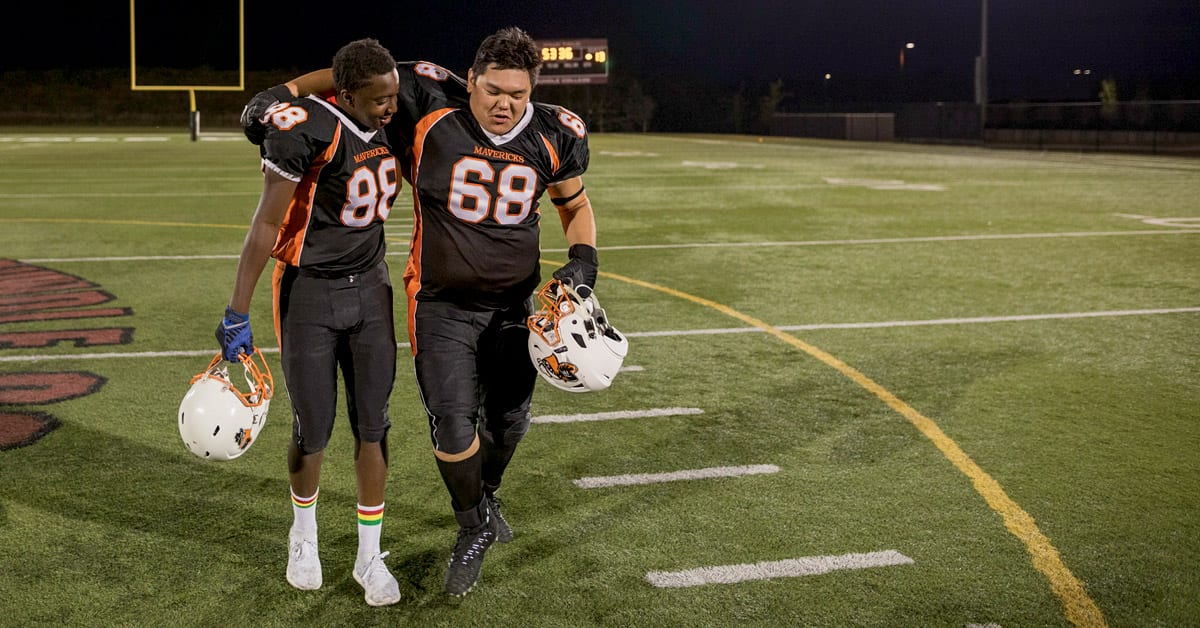Injuries are a standard part of every sport like basketball, volleyball, and football. Every athlete is not exempt from having injuries. Most of the time, injuries are the result of overexerting yourself, and performing beyond what your body can take. If you constantly watch sports, you must have witnessed brilliant players or athletes whose performances have declined considerably before having an injury. In worst cases, an athlete’s career may be over after acquiring a severe injury.
Lots of athletes have their unique training regimen given by a coach or training instructor. Some also have a doctor for sports injuries to prevent injuries and monitor an athlete’s well being. But the one who can monitor an athlete’s condition is the athlete itself. The practice of setting realistic goals with the right planning and preparation can be a key to avoiding specific injuries.
That said, here are the most common sports injuries that can affect an athlete’s performance and may cause a problem on a long-term basis.
Sprain
A sprain may be the most common sports injury an athlete can have. Sprains occur when ligaments are overstretched, causing them to tear. Usually, sprains are experienced on the ankles, but they can also occur in the knees, wrist, or even the thumb. Generally, sprain injuries heal over time, so they are taken lightly in most cases. Professionals advise the use of braces to properly treat sprains as they usually occur in the same spot, making the injured part of your body unstable. Surgery can be an option for severe sprains in order to repair the torn ligaments.
Torn Meniscus
The knee joint is the largest joint in the human body. The cartilage in it provides support or protection as it handles most stress from standing, running, walking, jumping, and climbing. Too much force or flexing can cause the cartilages to tear, resulting in a torn meniscus.
A torn meniscus is an injury involving the knee joint. It is characterized by damage or tear in the cartilage on top of the lower part of the knee, also known as the tibia. A torn meniscus has several symptoms like knee pain, swelling, and popping. The medical treatment suitable for a torn meniscus usually revolves around physical therapy, muscle strengthening, and observation. In worst cases, surgery may be done to remove or construct the affected cartilage.
Strained Hamstring
The hamstring consists of three muscle groups located along the back of the thigh. These muscle groups are responsible for bending the legs. Some sports require a lot of jumping and running or sudden starts and stops. These activities cause muscles to overload, resulting in a strained hamstring.
A strained hamstring causes severe pain, along with swelling and bruises. However, minor cases may not hurt too much, but severe cases of hamstring strain may necessitate undergoing surgery to repair and reattach the torn muscles.
Anterior Cruciate Ligament or ACL Injury
The anterior cruciate ligament or ACL located behind the kneecap is responsible for the stability of the knee when it rotates. The tearing or overstretching of the ligament may result in an ACL injury, the primary symptoms of which are popping noises accompanied by swelling and pain.
An ACL injury usually happens in sports that require a lot of movement. Movements like sudden stops or changing direction while moving can contribute to the damage of the ligament. In some sports like basketball, jumping or turning may also lead to an ACL injury. Typical treatments for an ACL injury are surgery and therapy. The recovery process for an ACL injury may span for several months to more than one year. Proper rehabilitation must be implemented to increase the chances of recovering to the fullest.
Achilles Tendon Injury
This injury has the highest percentage of possibly ending an athlete’s career. The Achilles tendon, which can be found above the heel bone, is considered to be the strongest tendon in the human body. It consists of a strong band of tissue fibers that are connected to the calf muscle. The Achilles tendon pulls the heel when walking, jumping, and running.
An Achilles tendon injury usually happens gradually over time. When the tendon is overused from too much activity, there is a tendency that it will tear or rupture. The symptoms accompanying an injured Achilles tendon are severe pain, swelling, difficulty in walking, or even standing. Most treatment for Achilles tendon injury involves surgery to reattach the torn fibrous tissues, and recovery may take over a year. Most athletes who have experienced an Achilles injury have difficulty performing what they used to do before having the injury.
Conclusion
To sum it up, injuries are inevitable when you play sports. An athlete must take their time and avoid pushing themselves too hard to maintain the excellent condition of their body with proper training and preparation. Don’t forget that having a rest also plays a big part in training your body as it is the greatest asset an athlete can possess.









1 Comment
Comments are closed.